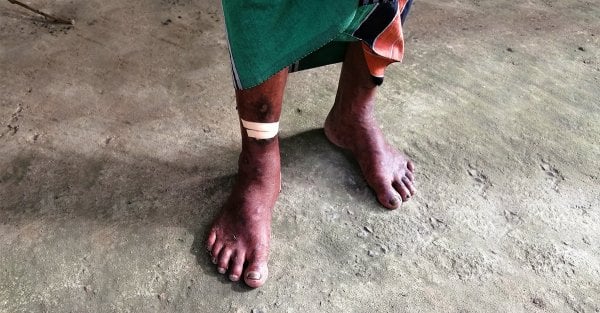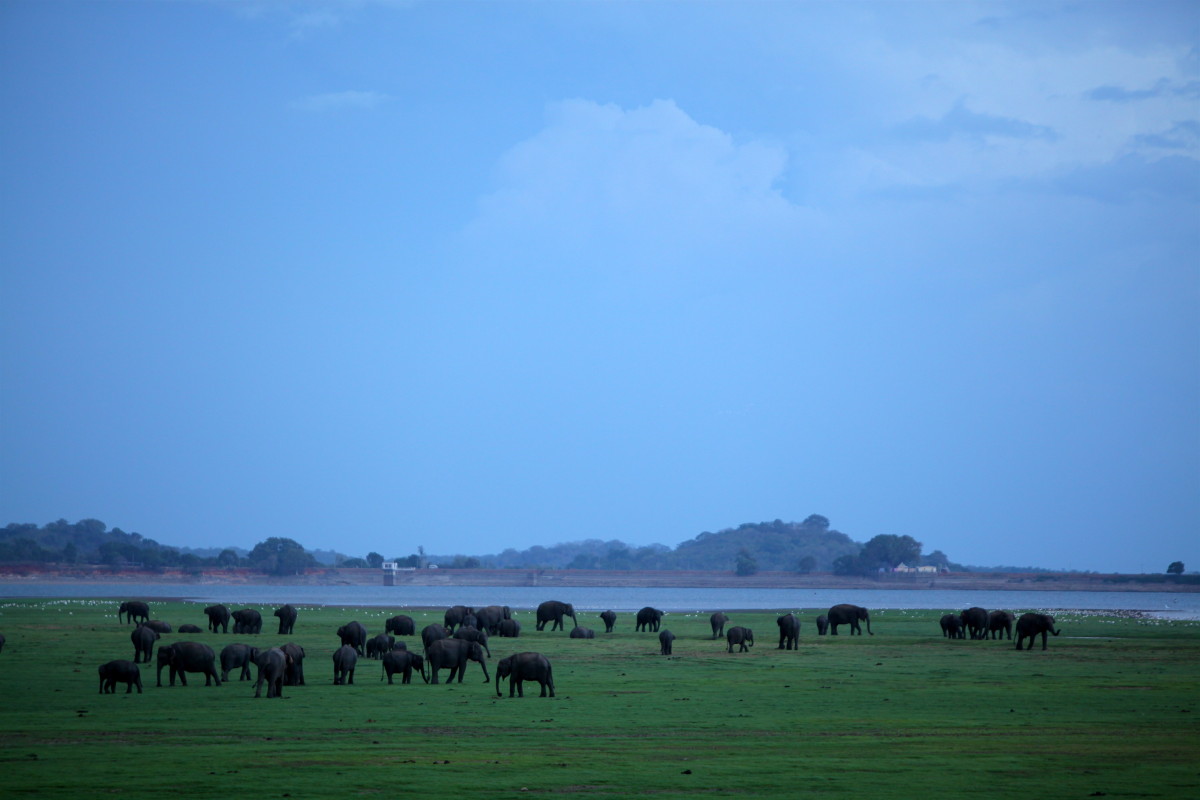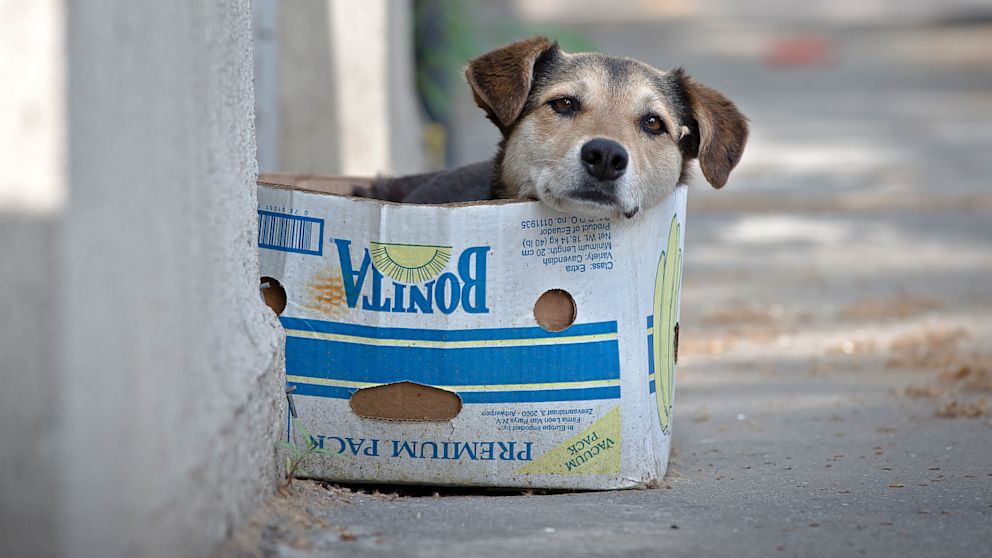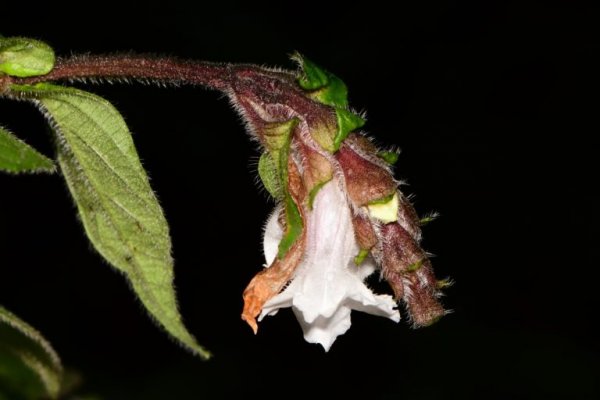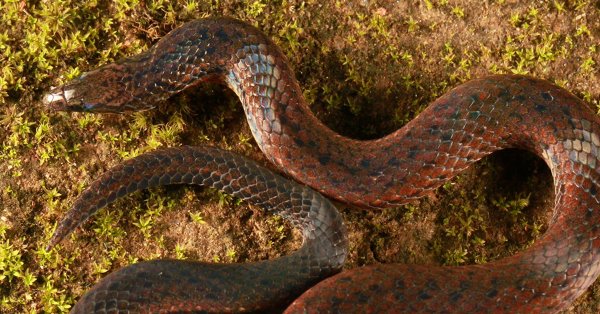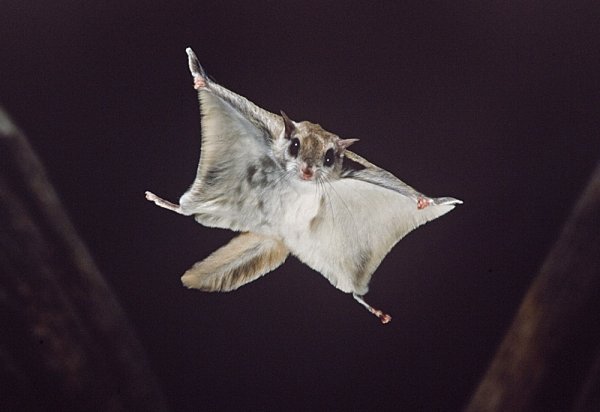
Earlier this year, a Sri Lankan woman was nabbed by Customs at Bandaranaike International Airport while attempting to smuggle 11 kgs of pangolin scales to Chennai. It was the largest pangolin-related bust in Sri Lankan history and, ironically enough, occurred on February 18—World Pangolin Day.
The incident is one of four cases recorded by Customs in the past five years. In 2012, Customs intercepted 2.2 kgs of scales. Then, in 2015, they intercepted around 25 scutes. More recently, on May 4, Customs intercepted 3.8 kgs of scales. In each case, the smuggler was travelling to Chennai, India.
Manis crassicaudata, or the Indian pangolin, is one of Sri Lanka’s quirkier and lesser known animals. Known as ‘kaballawa’ in Sinhala and ‘alungu’ in Tamil, these scaly mammals can be found throughout Sri Lanka, with the exception of the hill country, and have traditionally been hunted for their bushmeat.
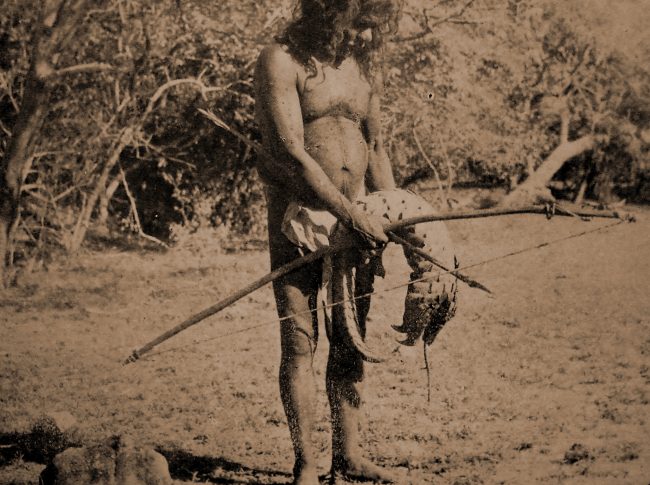
A vedda hunter with a pangolin. Image courtesy Ceylon Today
Unbeknownst to most Sri Lankans however, is that the pangolin is also the world’s most trafficked mammal. According to some estimates by the International Union for Conservation of Nature (IUCN), at least a million pangolins have been traded illegally on the international black market since 2000.
Of the eight species of pangolin, found in parts of Sub-Saharan Africa, South and South-East Asia—all are threatened with extinction. According to the IUCN’s most recent assessment, the Indian pangolin, in particular, is at risk, due to “hunting and increasing levels of poaching, principally for its meat and scales, both for local use and for illicit international trade in scales.”
The assessment expects that the current population of Indian pangolins may be halved by the year 2035—in less than two decades.
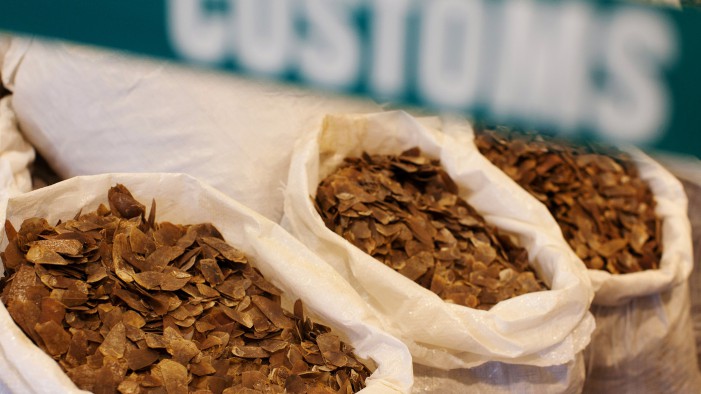
Pangolin scales seized by the Hong Kong Customs and Excise Department. Image credit: Alex Hofford/EPA/Landov
Poaching of pangolins in neighbouring South Asian countries like India and Pakistan is widespread, with the resulting produce shipped for consumption in East Asia, either for meat or traditional medicines. Sri Lanka has historically not been involved in this illegal trade, but that is slowly changing.
“We only know of the few cases where smugglers have been caught, all of which have been at the international airport,” says Samantha Gunasekara, former Deputy Director of Customs and founder of the Customs Biodiversity, Cultural and National Heritage Protection Unit.
“Traders in Sri Lanka find agents from various villages, who then poach the animals and pass them to a smuggler, who takes it to a well-known trader in Chennai. By the time we apprehend a smuggler, the damage to biodiversity has already been done,” he said.
Pangolins are officially protected in Sri Lanka under the Flora and Fauna Protection Ordinance, making poaching and trading of pangolin products strictly illegal. But Gunasekara warns that this is not enough.
“Unlike other countries where authorities are trying to reduce the pangolin trade, here in Sri Lanka, a trade is growing out of nothing. Without sufficient education and action, it could spin out of control.”
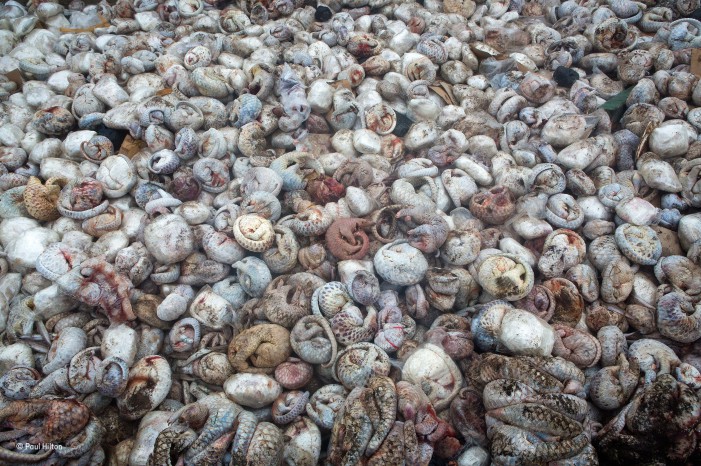
Around 4,000 frozen pangolins seized by authorities in Medan, Indonesia. Image credit: iLCP/Paul Hilton
Preventing large-scale pangolin trafficking from taking root in Sri Lanka will require immediate action at the grassroots level. Environmental lawyer, Jagath Gunawardena, argues that this is difficult because the general population tends to only raise concerns about more iconic animals like whales and elephants.
“People need to be educated about this island’s vast biodiversity. Every single plant and animal is a link in an intricate chain, and we as a nation must protect our biodiversity at all costs,” he said.
